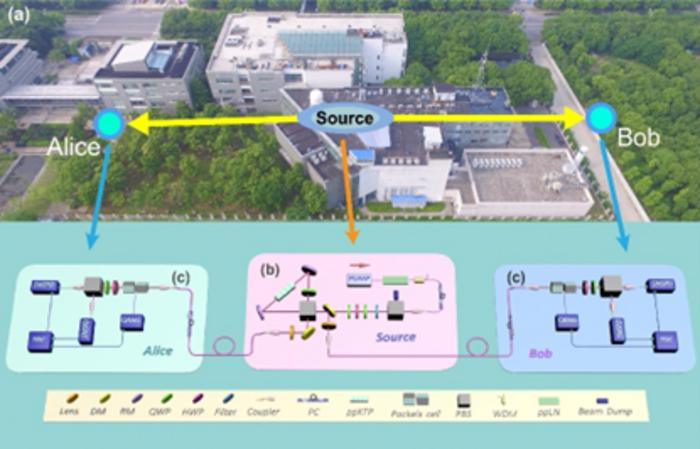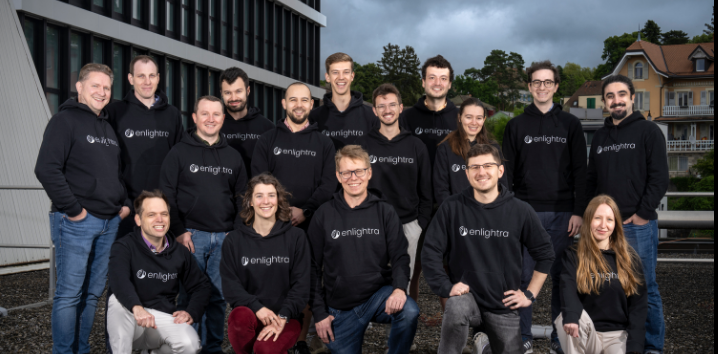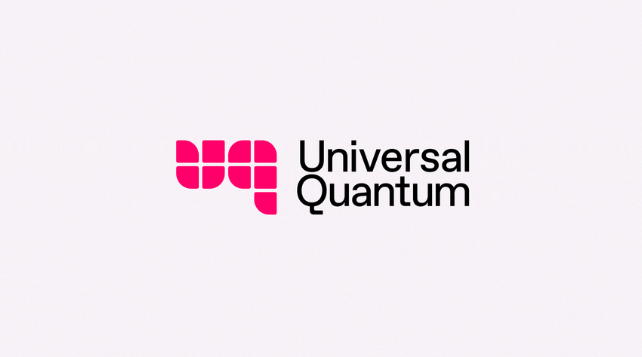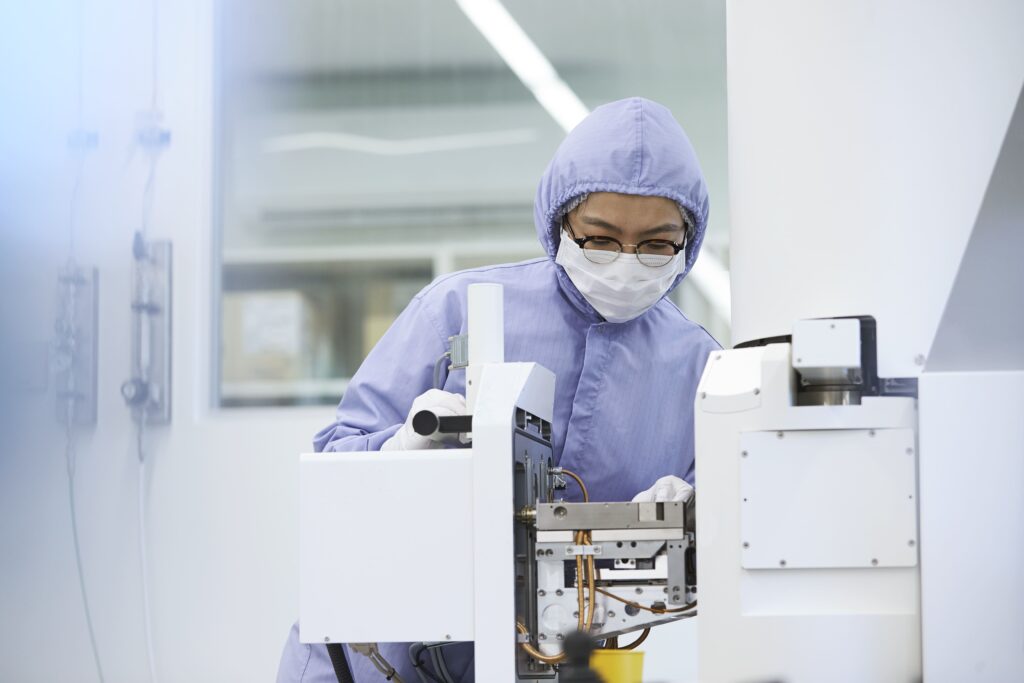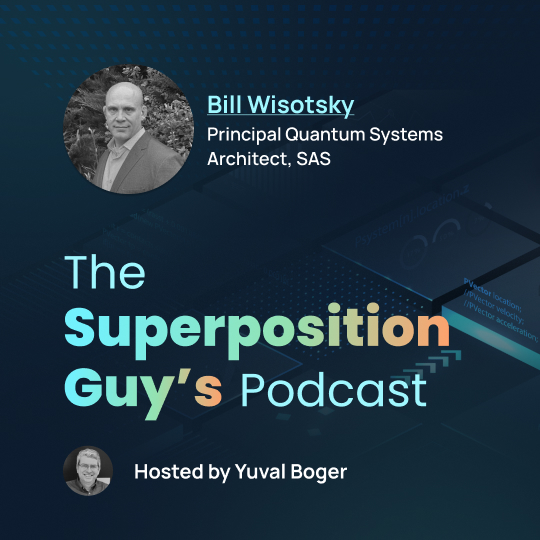Insider Brief
- The USTC team successfully conducted the first loophole-free test of Hardy’s paradox, marking a significant step in quantum physics by conclusively demonstrating quantum nonlocality.
- The experiment showed a violation of local realism with a significance level of up to 5 standard deviations across 4.32 billion trials, with a probability of less than 10^-16,348 that the results could be explained by classical theories.
- The findings pave the way for practical applications in quantum information technologies, particularly in quantum key distribution and quantum random number generation, although further advances are needed to apply these principles more broadly.
- Image: Vulnerability-free Hardy paradox test experimental device diagram. (Si-Ran Zhao et.al)
Alice and Bob — your friendly neighborhood defenders of nonlocality — are back at it again.
This time, a team of researchers from the University of Science and Technology of China (USTC) relied on Alice and Bob to help them demonstrate the first loophole-free test of Hardy’s paradox, in what the team is calling a significant advance in the field of quantum physics, according to a university news release and a paper published by the team here and here.
This experiment, conducted by Prof. Pan Jianwei, Zhang Qiang, and Chen Kai, in collaboration with Chen Jingling from Nankai University, offers important insights into quantum nonlocality — but, beyond that — could have practical applications in the development of future quantum technologies, such as quantum key distribution and quantum random number generation.

According to the statement: “This research deepens our understanding of quantum mechanics and has significant implications for developing quantum technologies such as quantum key distribution and quantum random number certification. It marks an advancement in quantum physics, offering new evidence of quantum nonlocality and paving the way for future quantum information technologies.”
Pan, referred to as China’s “Father of Quantum,” is known for his work in the field of quantum entanglement, quantum information and quantum computers.
Hale And Hardy
Hardy’s paradox, introduced in the 1990s, provides a simplified test of local realism—a classical concept that suggests physical properties exist independently of observation and no signals travel faster than light. The paradox highlights the tension between quantum mechanics and local realism by showing that quantum mechanics predicts a non-zero probability for certain events, where classical theories would predict a zero probability.
Proving Hardy’s paradox experimentally is challenging due to the need for high precision in distinguishing the quantum predictions from classical expectations, particularly in the presence of noise, according to the team, who published their findings in Physical Review Letters.
The USTC team addressed two key challenges that have historically hindered such experiments: the locality loophole and the detection efficiency loophole. The locality loophole arises when the measurement choices in an experiment could theoretically influence the outcomes, while the detection efficiency loophole is related to the loss of photons during detection, which could lead to biased results.
To close the locality loophole, the researchers designed an experimental setup where the measurement choices were spacelike separated from both the entangled state preparations and photon detections. This configuration ensured that the choices made during measurements could not influence the outcomes, thereby closing the locality loophole.
The team states in their Physical Review Letters paper: “The space-time configuration precludes any possibility of measurement settings being influenced by outcomes, thereby eliminating the locality loophole”.
In addressing the detection efficiency loophole, the team achieved a detection efficiency of 82.2%, a significant improvement that substantially reduces the impact of optical losses. They also employed high-speed quantum random number generators to ensure true randomness in the selection of measurement settings, adding another layer of robustness to the experiment. This careful setup allowed them to incorporate undetected events into their analysis through a refined version of Hardy’s inequality, which effectively closed the detection efficiency loophole.
Over six hours of running time, the experiment demonstrated a strong violation of Hardy’s paradox, with results showing a significance level of up to 5 standard deviations across 4.32 billion trials. The researchers performed a null hypothesis test to determine the likelihood that the results could be explained by local realism. The test revealed that the probability of the results being explained by classical theories is less than 10^-16,348, providing compelling evidence in favor of quantum nonlocality.
For some sense of this probability, The odds of winning a major lottery like Powerball are around 1 in 292 million, or 10−8. The probability in the study is vastly smaller than this.
The implications of this research extend beyond the fundamental understanding of quantum mechanics, according to the researchers. By conclusively demonstrating Hardy’s nonlocality without loopholes, the study paves the way for practical applications in quantum information technologies. Quantum key distribution, which relies on the principles of quantum mechanics to create secure communication channels, could benefit from the robust nonlocal correlations demonstrated in this experiment. Additionally, the findings could enhance quantum random number generation, a critical component in cryptographic systems.
While the experiment marks a significant step forward, it also underscores the importance of high-precision setups and the need for further advances in quantum technology to make these principles widely applicable. The team specifically highlighted certain limitations and areas for future exploration.
One key limitation involved the detection efficiency and quantum state fidelity, both of which were critical to the experiment’s success. The team managed to achieve an impressive 82.2% detection efficiency and a quantum state fidelity of 99.10%. However, maintaining these high standards is challenging and underscores the need for further advancements to apply such tests more broadly.
Another issue was the handling of double-click events, where both detectors simultaneously registered a photon. These events were treated as inconclusive to close the detection loophole, a solution that, while effective in this context, could pose challenges in more complex quantum systems.
Looking ahead, the study suggests the need for improved theoretical analysis and experimental techniques to refine Hardy’s paradox tests further. Future directions may include enhancing detection efficiency even further and developing more sophisticated methods to handle experimental imperfections.
For deeper dives into the research and technical aspects of the experiment, please review the papers. One is available on Physical Review Letter here, while I relied on the team’s accessible pre-print server paper here.

